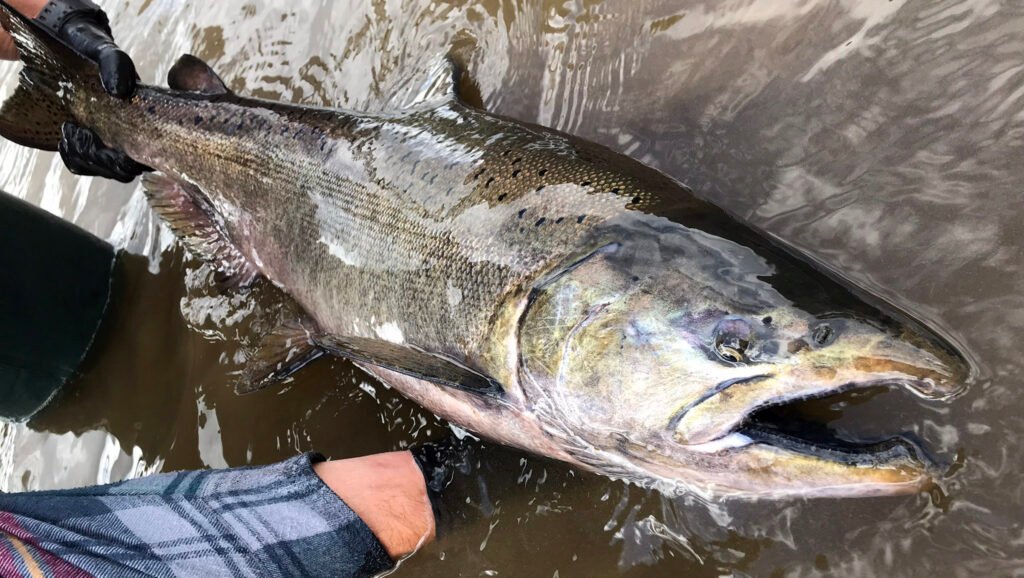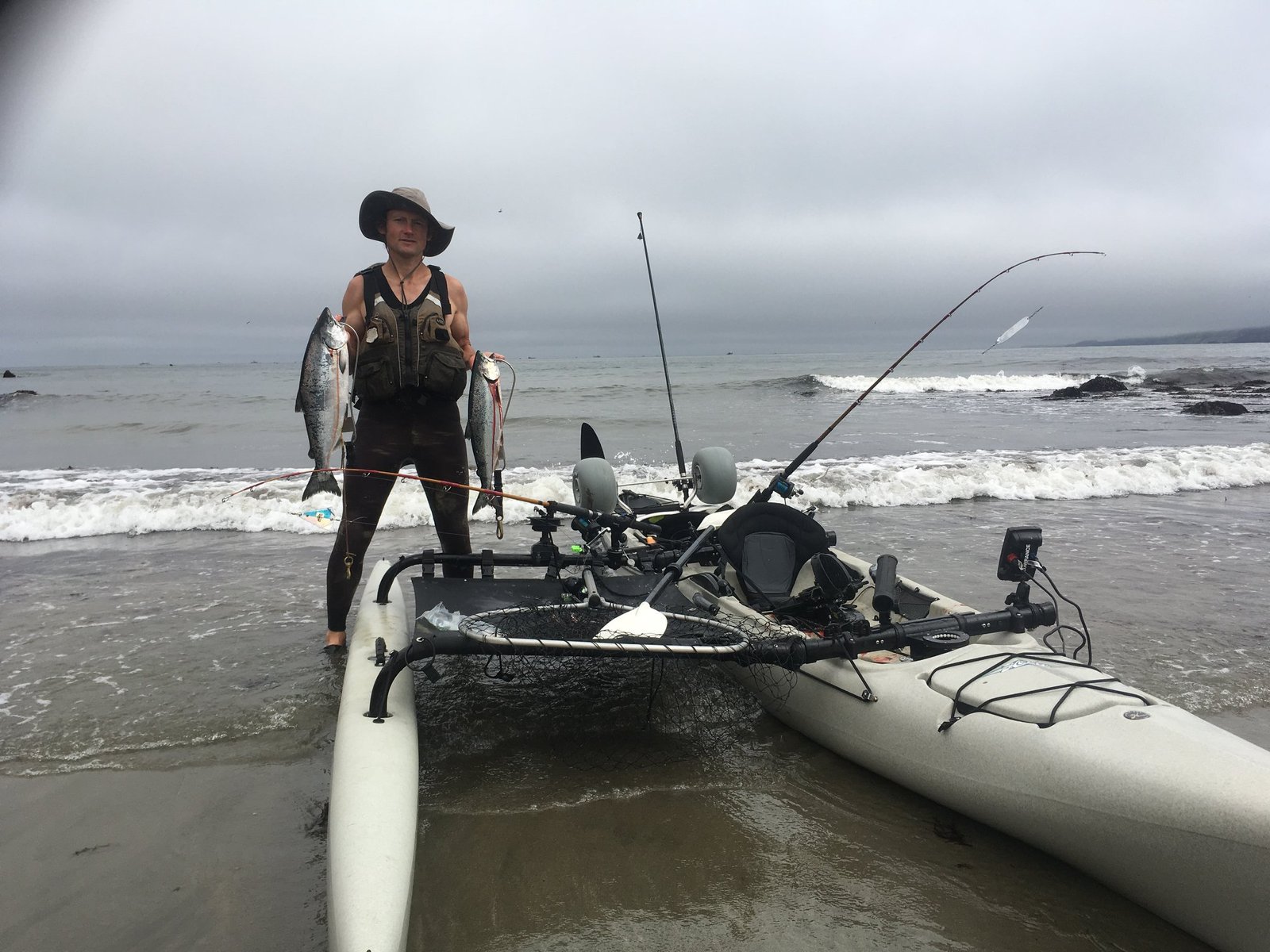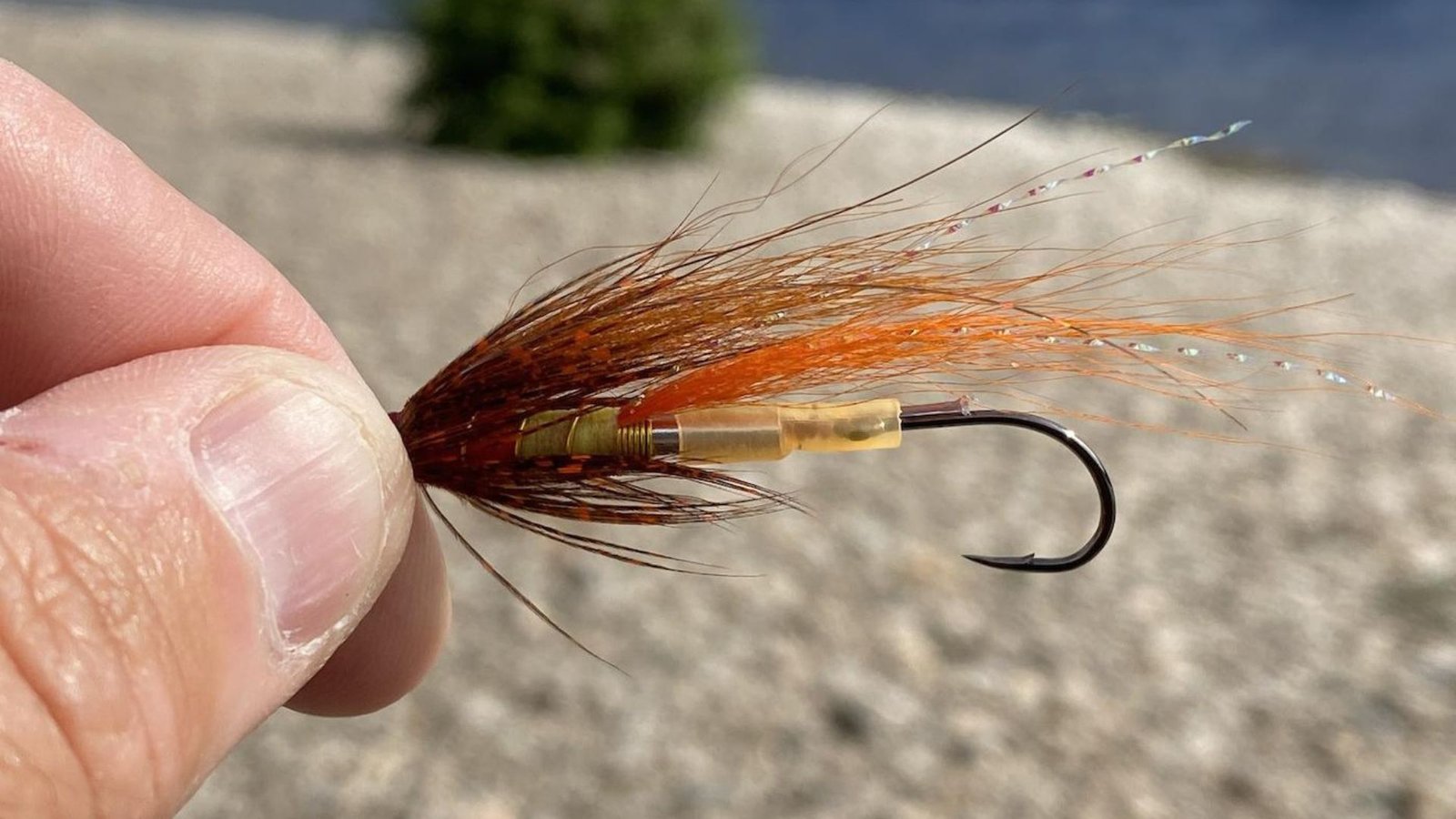Spotting salmon in rivers is a crucial skill for any angler hoping to catch these prized fish. Understanding where and how to find salmon can make your fishing trips more productive and enjoyable. In this article, we’ll explore the best techniques and tips to help you spot salmon in rivers, whether you’re a seasoned fisherman or a beginner looking to improve your skills.

How to Spot Salmon in Rivers
Understanding Salmon Behavior
To effectively spot salmon in rivers, you must first understand their behavior. Salmon are anadromous fish, meaning they migrate from the ocean to freshwater rivers to spawn. This journey usually occurs in the spring and fall, depending on the species. During this time, salmon are driven by their instinct to return to their natal streams, navigating through various river environments.
Key Behavior Traits:
- Migration: Salmon move upstream in large groups, often following specific routes.
- Resting Spots: They seek out deep pools, undercut banks, and areas with slower currents to rest and conserve energy.
- Feeding: Although they eat less during migration, they may still strike at flies or lures out of aggression or curiosity.
Choosing the Right Time
Timing is everything when trying to spot salmon in rivers. Salmon runs are seasonal, with peak times varying by location and species. Generally, the best times to spot salmon are early morning and late evening when they are most active.
Seasonal Tips:
- Spring Runs: Look for salmon in late March to early June.
- Fall Runs: Peak times are typically late August through November.
- Daily Activity: Salmon are more active during cooler parts of the day, so plan your fishing trips accordingly.
Identifying Prime Locations
Knowing where to look is essential to spot salmon in rivers. Salmon prefer certain river features that provide optimal conditions for their migration and spawning.
Key Locations:
- Deep Pools: Salmon often rest in deep pools where the water is cooler and calmer.
- Riffles and Runs: These areas provide oxygen-rich water, which is crucial for salmon. Look for spots where fast-moving water meets slower currents.
- Undercut Banks: Salmon use these areas for cover and protection from predators.
- Obstructions: Natural obstacles like rocks and fallen trees can create ideal resting spots.
Observing Water Conditions
Water clarity and flow play significant roles in your ability to spot salmon in rivers. Clear water makes it easier to see fish, while murky water can obscure your view.
Water Conditions to Monitor:
- Clarity: Clearwater offers the best visibility. After heavy rains, wait for the river to clear up before attempting to spot salmon.
- Flow: Salmon prefer moderate flows. High water levels can make spotting difficult, while very low levels can stress the fish and make them less active.
Using Polarized Sunglasses
Polarized sunglasses are an invaluable tool for any angler looking to spot salmon in rivers. They reduce glare on the water’s surface, allowing you to see beneath more clearly. With polarized sunglasses, you can spot the flash of a salmon’s body or the subtle movements that indicate their presence.
Reading the Water Surface
Observing the water’s surface can provide clues about where salmon are hiding. Look for subtle changes that indicate fish activity.
Surface Clues:
- Ripples and Swirls: These can indicate fish movement just below the surface.
- Dorsal Fins and Tails: Spotting a fin or tail breaking the surface is a clear sign of salmon presence.
- Splashing: During spawning, salmon may leap out of the water or splash as they navigate obstacles.
Listening to the River
Your ears can be as valuable as your eyes when trying to spot salmon in rivers. The sound of fish splashing or jumping can alert you to their location, especially in areas with dense cover where visibility is limited.
Patience and Persistence
Spotting salmon in rivers requires patience and persistence. Spend time observing different sections of the river, and don’t get discouraged if you don’t see fish immediately. The more time you spend on the water, the better you’ll become at recognizing the subtle signs of salmon presence.
Conclusion
In conclusion, spotting salmon in rivers is a blend of science and art. By understanding salmon behavior, choosing the right time, identifying prime locations, and using tools like polarized sunglasses, you can significantly increase your chances of success. Observing water conditions and reading the surface are essential skills that come with practice and patience. So next time you head to the river, use these tips to spot salmon in rivers and enhance your fishing experience. Happy fishing!




